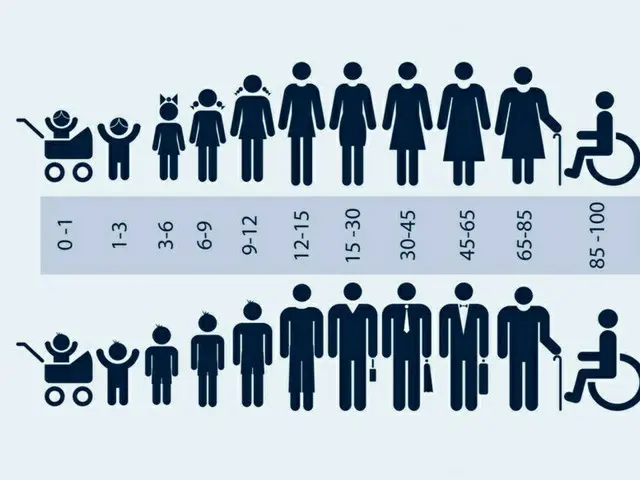According to the "2052" report, the number of households whose heads are 80 years of age or older is expected to increase from 1.194 million in 2022 to 4.876 million in 2052.
This will be an increase of 82,000 households, more than four times the proportion. The number of households with people aged 80 or older will increase sharply after exceeding the 2 million mark, reaching 2,058,000 in 2033.
The number is expected to exceed 3 million in 2039, reaching 3,006,000 households, and surpass 4 million in 2045, reaching 4,051,000 households.
The proportion of households with people aged 80 or older among all households is expected to increase from 5.5% in 2022 to 20.9% in 2052.
By age group, the number of households headed by people in their 80s is expected to more than triple, from 1,087,000 in 2022 to 3,792,000 in 2052, while the number of households headed by people in their 90s will drop by 106,000 in the same period.
The number of households with people aged 100 or over is also expected to increase from 2,000 to 32,000.
The reason for this sudden increase in super-elderly households is that in 2052, the second baby boom generation (19
It is estimated that most of the people born between 1964 and 1974 will be in their 80s or older, and the number of elderly single-person households will increase significantly, leading to a significant increase in the age of the head of household.
If households aged 80 or over were divided by the number of people in the household, the largest group was single-person households at 2,285,000, accounting for 23.8% of single-person households (9.62 million households).
If the age of the head of household is expanded to 65 years old or older, the number of households is expected to reach 11,788,000, which is roughly half of the total number of households in 2052.
The average age of the head of household in the United States is 65.4 years old. On the other hand, the number of heads of households in their 30s or younger is expected to decrease from 4.988 million in 2022 to 3 million in 2039, and to 2.744 million in 2052.
The number of elderly people in Korea is estimated to decrease to 100. The proportion of all households will decrease from 23% to 11.8%. The aging of the population is progressing rapidly, but the income and asset formation of the elderly is insufficient, and the poverty rate of the elderly in Korea is
According to the Organization for Economic Cooperation and Development (OECD) and the Korea Development Institute (KDI), the poverty rate for the elderly in Korea, calculated based on disposable income as of 2018, was 43.4%, and the OECD
This is the highest among CD member countries and about three times higher than the OECD average elderly poverty rate (13.1%). KDI research committee member Lee Seung-hee said, "The current basic pension system should be improved to balance economic growth and the pension system.
"We need to focus on the elderly who have not been able to benefit from the benefits," he said.
2024/09/24 09:45 KST
Copyrights(C) Edaily wowkorea.jp 107

